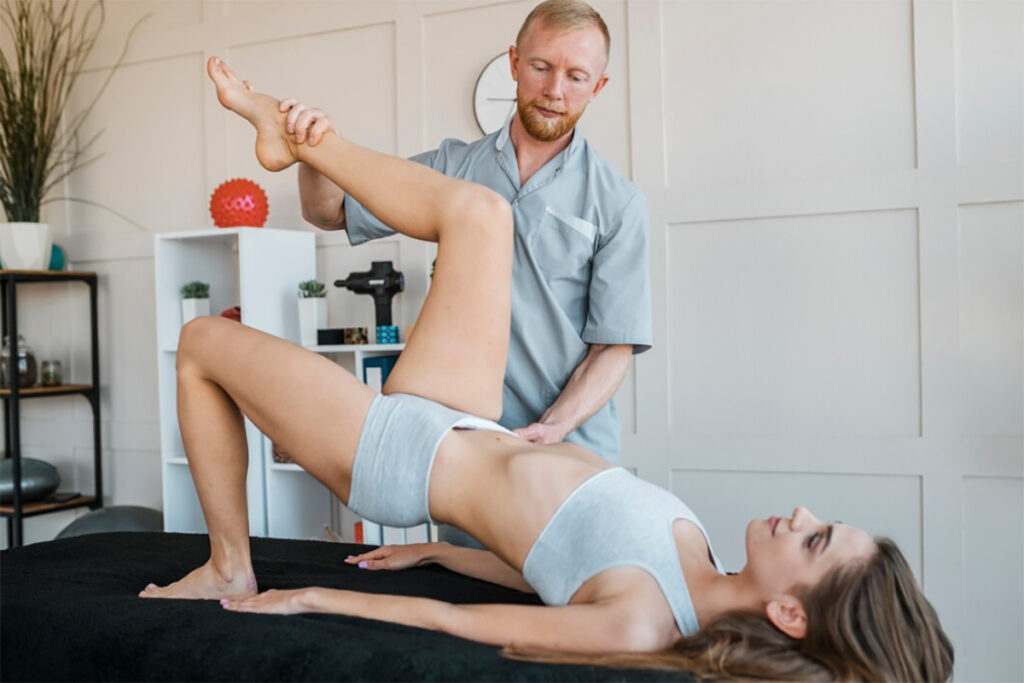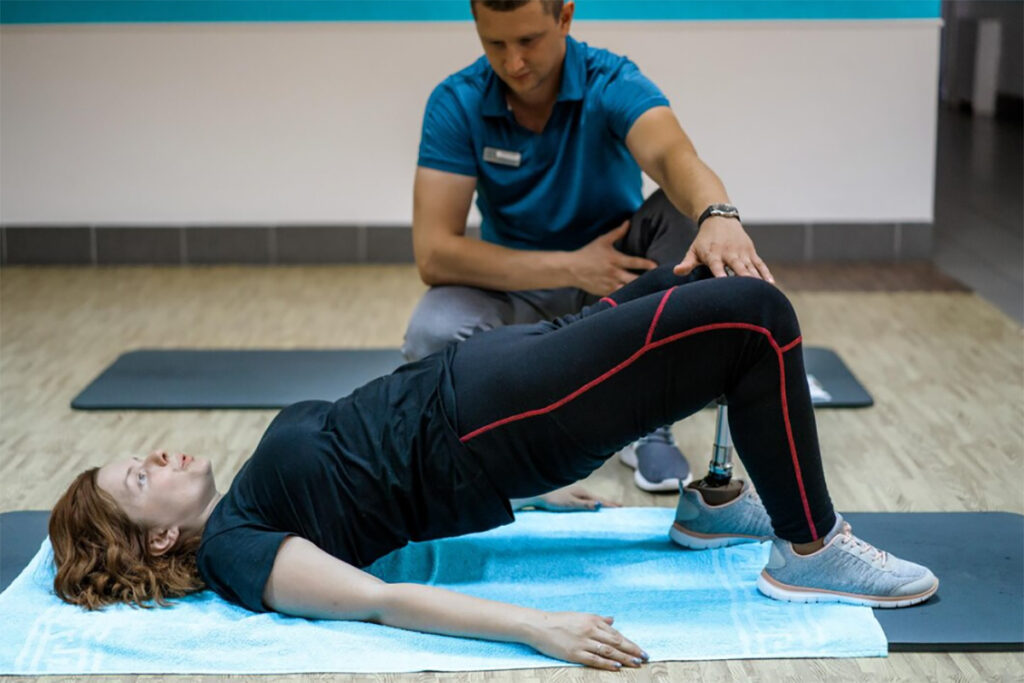Introduction
A tight pelvic floor might not be a topic that often comes up in everyday conversation, but it’s a condition that affects many individuals, leading to discomfort, pain, and a range of complications. Fortunately, physical therapy offers a pathway to relief and recovery. For those seeking Tulsa pelvic floor therapy, Vitality Pelvic Health provides specialized care that addresses the unique challenges of a tight pelvic floor. This blog explores how physical therapy can help alleviate the symptoms and underlying causes of this condition.
Understanding a Tight Pelvic Floor
The pelvic floor is a complex network of muscles stretching across the bottom of the pelvis. It supports the pelvic organs, aids in urinary and fecal continence, and contributes to sexual function. A tight pelvic floor occurs when these muscles become contracted and unable to relax, leading to a range of symptoms, including pain, urinary and bowel issues, and discomfort during sexual activity. The reasons behind a tight pelvic floor can vary, including overuse, trauma, or underlying health conditions.
The Role of Physical Therapy in Treating a Tight Pelvic Floor

Physical therapy is a critical component in treating a tight pelvic floor. It offers a non-invasive approach focused on relaxation, strengthening, and re-education of the pelvic floor muscles. Here’s how physical therapy can help:
- Assessment and Personalized Treatment Plans: A pelvic floor physical therapist conducts a comprehensive evaluation to identify the specific patterns and triggers of tightness. Based on this assessment, Vitality Tulsa designs a personalized treatment plan tailored to each patient’s needs.
- Manual Therapy Techniques: Manual therapy involves hands-on techniques to gently stretch and massage the pelvic floor muscles, helping to relieve tightness and pain. This approach can be particularly beneficial for those experiencing pain with sex, as it helps to ease muscle tension and increase comfort.
- Relaxation Training: Relaxation training is a technique that helps patients gain awareness and control over their pelvic floor muscles. Combined with functional exercises, it teaches individuals how to effectively relax their muscles, addressing the core issue of tightness.
- Targeted Exercises: In addition to relaxation techniques, targeted strengthening exercises may be prescribed to balance the muscles within the pelvic region. This helps to prevent the recurrence of tightness and supports overall pelvic health.
- Education and Lifestyle Adjustments: Vitality Pelvic Health emphasizes the importance of patient education, providing insights into lifestyle adjustments and behaviors that support pelvic floor relaxation. This might include dietary changes, proper hydration, and stress management techniques.
Conditions Benefiting from Pelvic Floor Therapy
Physical therapy for a tight pelvic floor can offer relief for various conditions, including:
- Urinary Incontinence: Reducing muscle tightness can improve bladder control and reduce leaks.
- Pelvic Organ Prolapse: A balanced pelvic floor supports the pelvic organs, potentially mitigating the effects of prolapse.
- Pregnancy and Postpartum Recovery: Addressing tightness can aid in the recovery process, improving comfort and function after childbirth.
Conclusion
For individuals struggling with a tight pelvic floor, physical therapy offers a comprehensive approach to alleviating discomfort and restoring function. Pelvic floor therapy at Vitality Tulsa stands at the forefront of treating pelvic floor dysfunction, providing tailored care that targets the root causes of tightness. If you’re experiencing symptoms of a tight pelvic floor, consider reaching out to Vitality Pelvic Health for a consultation. Embracing physical therapy could be your first step toward a more comfortable and healthy pelvic floor.

